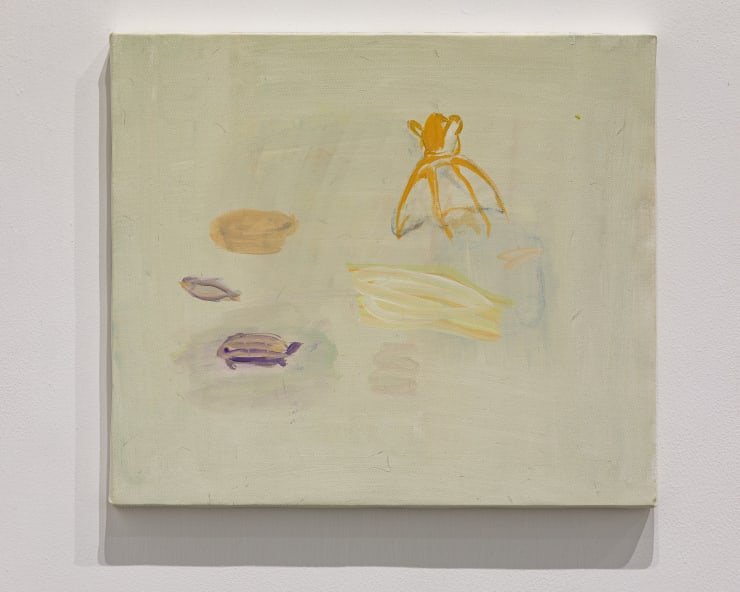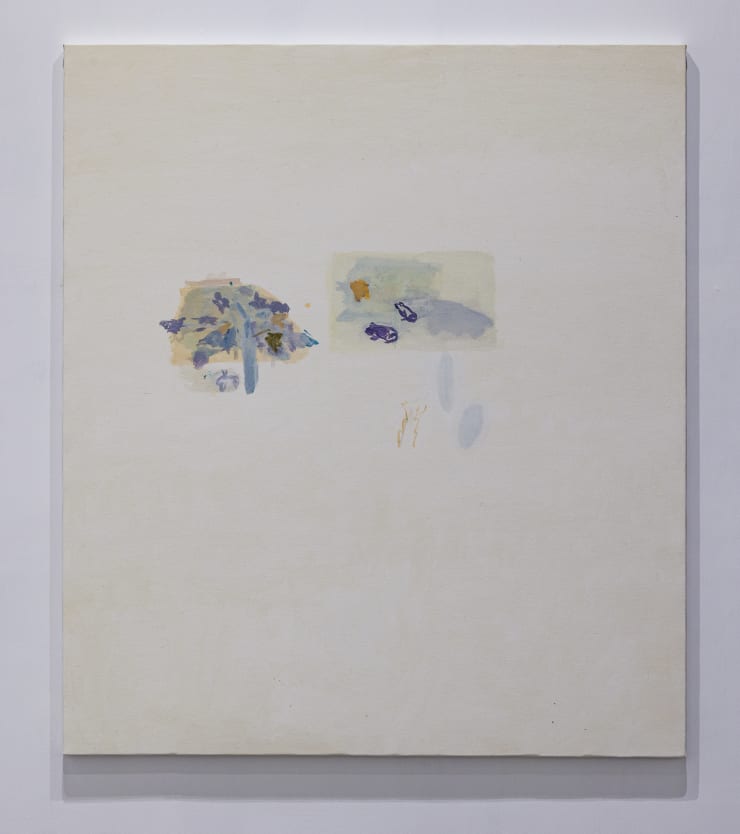-
Shikh Sabbir Alam | বনমানুষ / Bon-Manush
Exhibition essay by Najrin Islam
In odd moments of reflection, one is reminded about the kinship between humans and higher primates. The latter is almost human, but not quite. The Bangla expression “bon-manush” (literally translating to “forest-human”) is often used disparagingly to reduce someone to their most essential attributes, as shared with other species. Used as an insult to intelligence, the phrase invites deeper meditation on what constitutes a human after all, including the evolutionary oddities that inhabit the hyphen. Does life mean the same for an insect as it does for a human? Are these shared histories as shaped by scientific understandings as folkloric tellings? How does one reproduce these trans-historical motions in drawing?Shikh Sabbir Alam is drawn to questions around the genesis of life, and the ways in which feelings of fear and wonder are both invented by and assimilated into human perception of natural elements. The evidence of life in a tree through its mere existence, the ability to measure a mountain through a perceptible scale, or being cognisant of mature reptiles as witnesses to the passage of time—all paint an atlas of land and water as perceived through the sensory apparatus of the human. Alam’s paintings are imbued with the all-encompassing life-force that is প্রাণ—throbbing in the forms taking shape on his canvas. In other words, the artist engages with the first moment that life registers—when things just start coming into being, and before language takes over. -
Alam’s paintings are populated with different configurations of organic contours borrowed from nature. A macropod, an elephant, and a fish populate a frame in a shared balance of vertical and horizontal alignments to life. In another work, recalling a personal vision of fishermen hauling fish in large nets that leave some aquatic vertebrates alive against others in the volume, the artist revises his memory into a new tableau around an inanimate turtle. The artist is not so much concerned with literariness in his renditions as the durational act of viewing and the distracted materialisation of the impressions. Conscious of the sensory filters through which he ascribes form and meaning to these impressions, Alam renders প্রাণ as it manifests through human contact with the world. Creatures manifest as blurbs against expansive landscapes in earthy tones and strokes, which are rendered, nevertheless, with a cartographic precision.The flatness of these images belies a deeper habitat, their surface hinting at only a discernible composition of shapes, colours, and textures. Alam also indexes erasure—the absence of a tree or a mountain that may now render its inhabitants awry. In his preoccupation with forms of life, the artist evinces an inclination towards recognising these forms as symbiotic, interdependent, and entangled in a way that exceeds the animal-industrial complex; they are read as an archive of inscriptions in deep time. The paintings reveal a personal fascination with this ‘grand design’, tinged with a wilful opacity to preclude absolute comprehension.
— Najrin Islam is a writer and curator whose research interest is situated at the intersection of moving image histories, archival politics, and institutional omissions.
-

-

-
In this underwater world, Alam shows vampiric squids as a metaphor for destruction. The fear and elusiveness surrounding the creatures is closely associated with the refusal to accept the unknown. However, contrasting qualities of radiance and fragility are also incorporated in the narrative alluding to the frighteningly beautiful quality of nature. Fear carries a different meaning as the viewer’s gaze is directed at fragility and impermanence of the living world.
-

-

-

-

-

-

-

-
Memories can be coloured in dominant shades of our mind’s choosing. Alam shows how one such memory of a flitting sight can leave an imprint that is recalled in a specific hue. This recollection that first belonged to him is now shared with a larger audience, thus also becoming their remembrance. The exchange demonstrates how experiencing colours can be tied to perceiving senses.
-

-

-

-

-

-

-

-

-
Rare trees grow in proximity to human life, while also holding value to other sentient beings like animals. Similarly, the trees themselves exist in uncharted territory, undiscoverable and indecipherable. Alam brings to light phenomena and relationships within the natural world that exist beyond the realm of our understanding.
-
Shikh Sabbir Alam (b. 1982; Kushtia, Bangladesh) studied at the Oslo Academy of Fine Arts (MFA) and at the Faculty of Fine Arts, M.S. University of Baroda, India (BFA). Select exhibition participations include, “In Our Veins Flow Ink and Fire”, curated by Shubigi Rao, Kochi-Muziris Biennale, India (2022-23); "Oude Wijn/Nieuwe Zakken - 50 Jaar Kunst In De Warande", Cultuurhuis De Warande, Turnhout, Belgium (2022); "Zoology", curated by Benedict Vandaele, Zebrastraat, Ghent, Belgium (2021); "Poetic Faith", S.M.A.K, Ghent, Belgium (2020); "Old Tree", Hordaland Art Center, Bergen, Norway (2020); "Destiny's Gratinée" Kunstnernes Hus, Oslo, Norway (2018); Dhaka Art Summit, curated by Diana Campbell Betancourt, Dhaka, Bangladesh (2018), among others. Alam’s work is held in the collections of S.M.A.K, the Municipal Museum of Contemporary Art Ghent, Belgium, Fiorucci Art Trust, London, among others.
Shikh Sabbir Alam | বনমানুষ / Bon-Manush | Experimenter - Ballygunge Place, Kolkata
Current viewing_room























